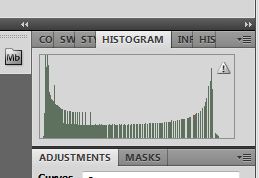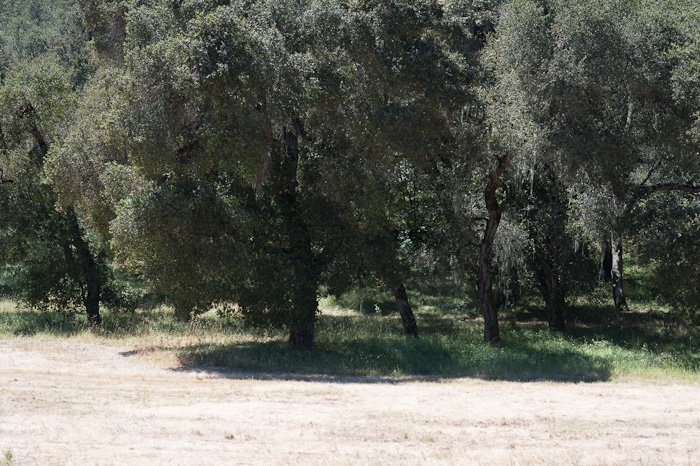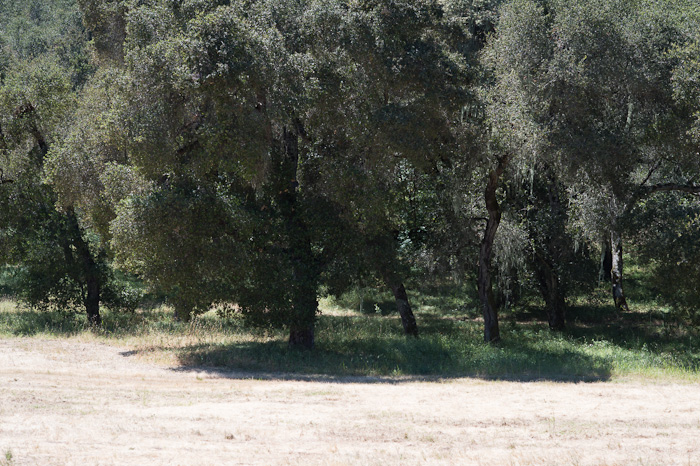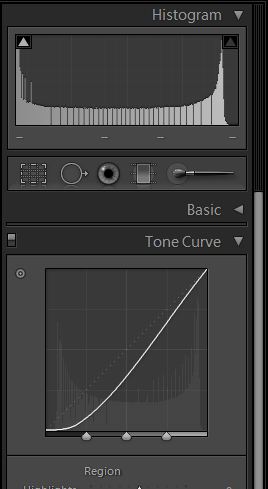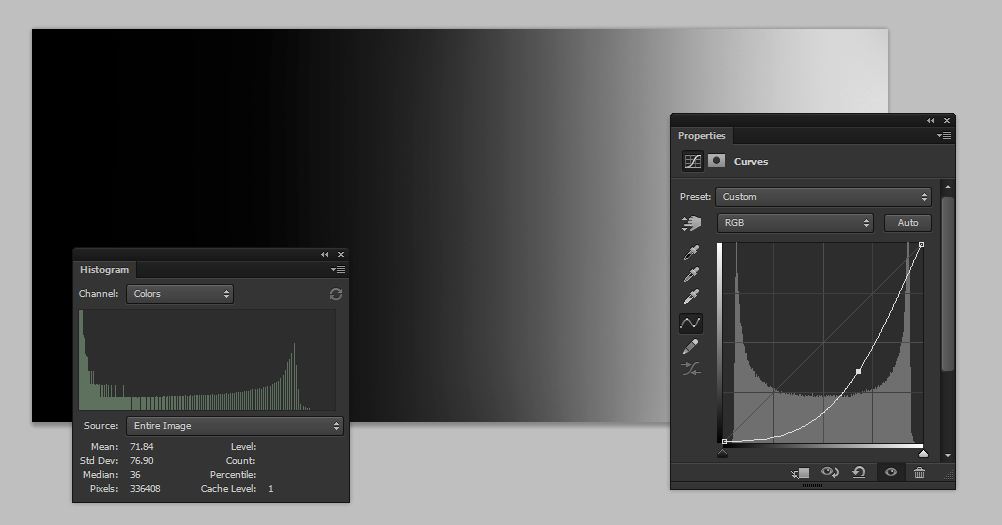Back in post 1 of this histogram depopulation screed, I promised you a look at why Photoshop sometimes makes it look like there’s histogram depopulation even when there’s not. The Adobe folks want to make Photoshop perform snappily. Therefore, they take some shortcuts with some calculations, thinking that you’ll probably prefer a quick look at… [Read More]
Headroom in ETTR exposures
It was clear in the previous post that a two-stop overexposure using expose-to-the-right (ETTR) was not recoverable. Is there enough headroom in the Lightroom/D4 pair for a one-stop overexposure? Let’s find out. Here it the correctly-exposed image and its histogram: Here is a one-stop over image and its histogram: Here’s what I could do in… [Read More]
Histogram depopulation in image editing, part 5
Since this is a discussion that started out to be about raw image processing, it’s reasonable to ask what happens to the 14 bit images typically used in this workflow. At this point, I will switch from synthetic images to real photographic ones, with a Nikon D4 as the test bed. I set the camera… [Read More]
Histogram depopulation in image editing, part 4
Now, let’s look at Lightroom, and make sure it works the same way as Photoshop. Because Lightroom does some default processing on images, we see histogram depopulation when we first bring an eight-bit image into the program: But we can’t see histogram depopulation if we bring a 16-bit image in: Here’s what we get if… [Read More]
Histogram depopulation in image editing, part 3
In the previous post, I described histogram depopulation in images encoded with eight bits per color plane, as was the standard until about ten years ago. Nowadays serious photographers use image codings with 16 bits per color plane, which makes an immense difference. Here, in compact form, is what happens when we darken our test… [Read More]
- « Previous Page
- 1
- …
- 500
- 501
- 502
- 503
- 504
- …
- 577
- Next Page »
